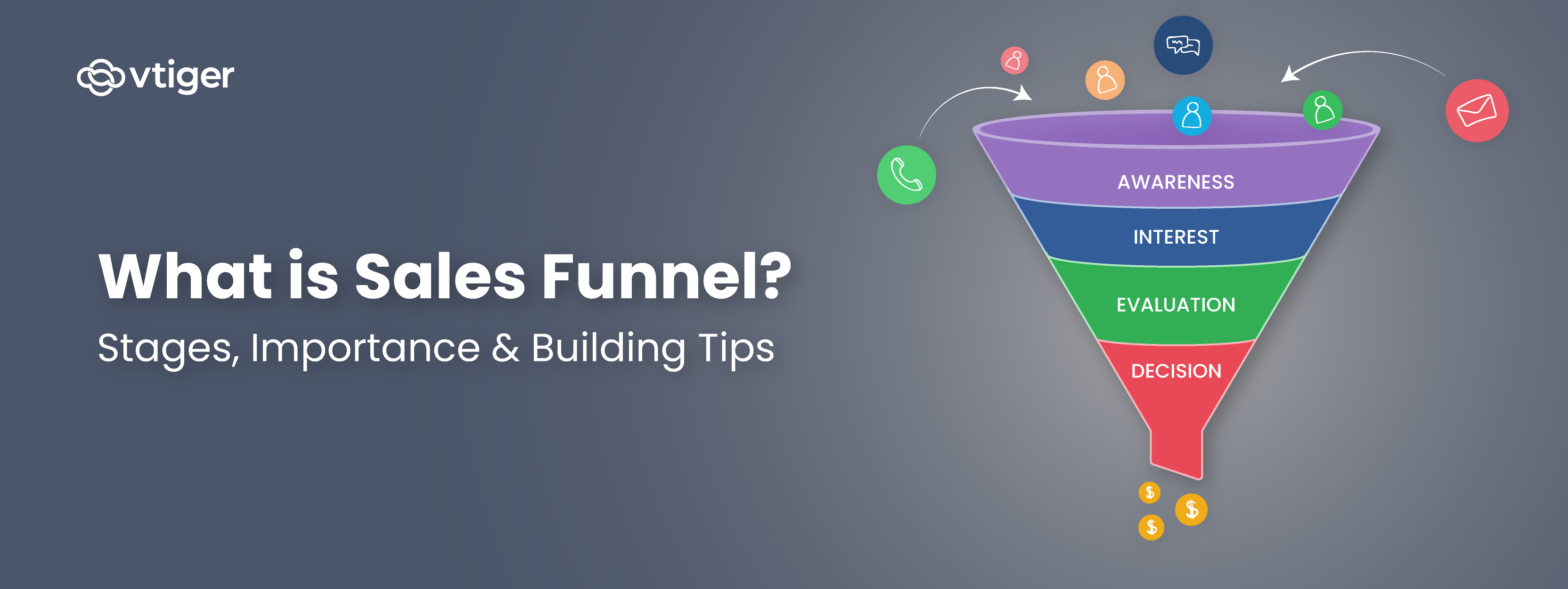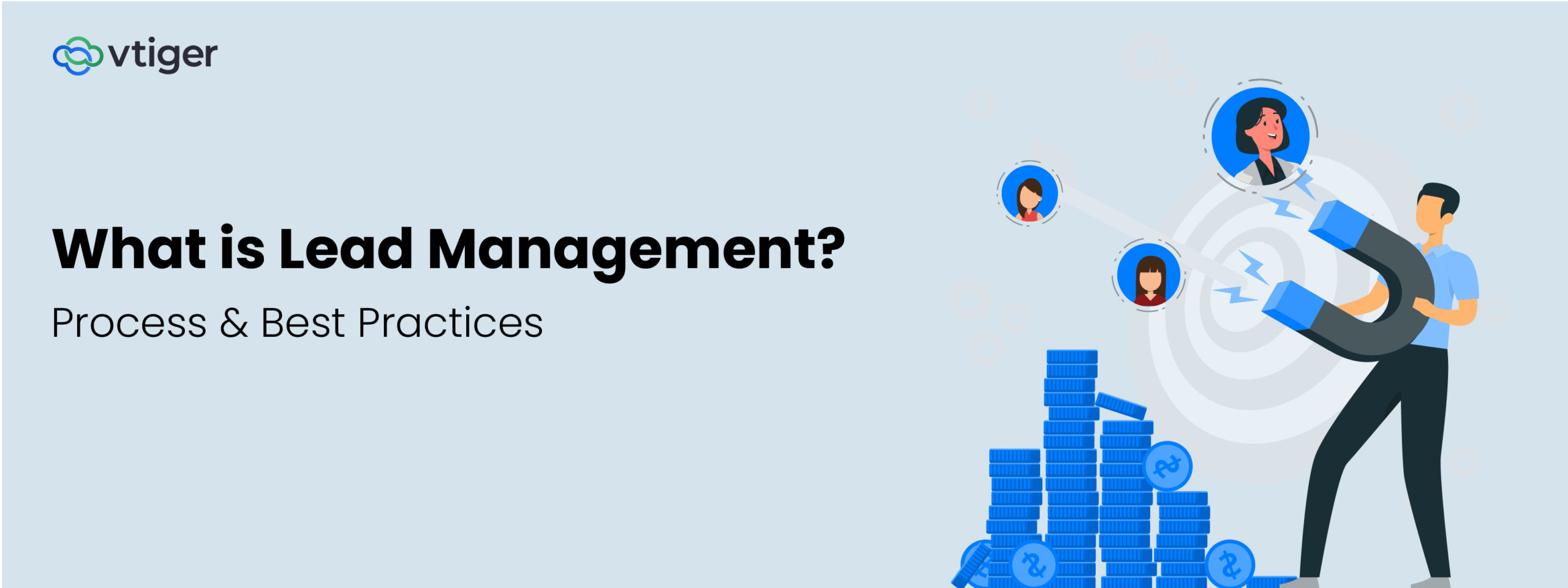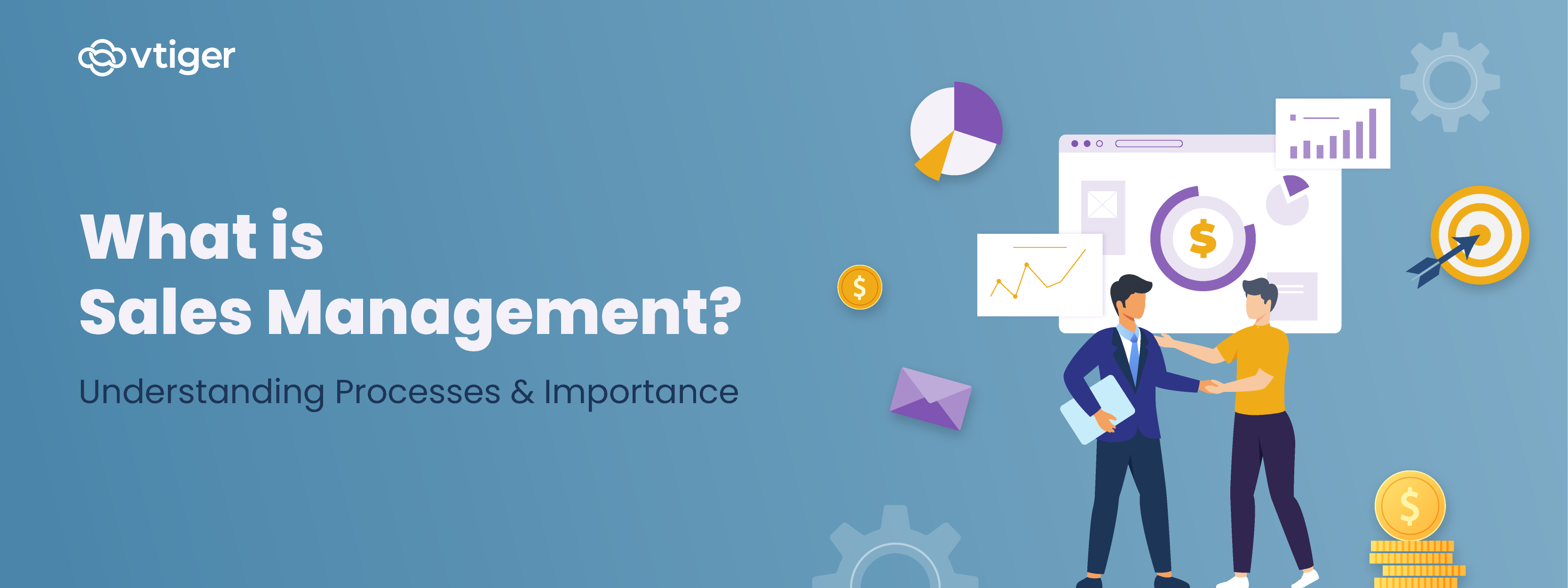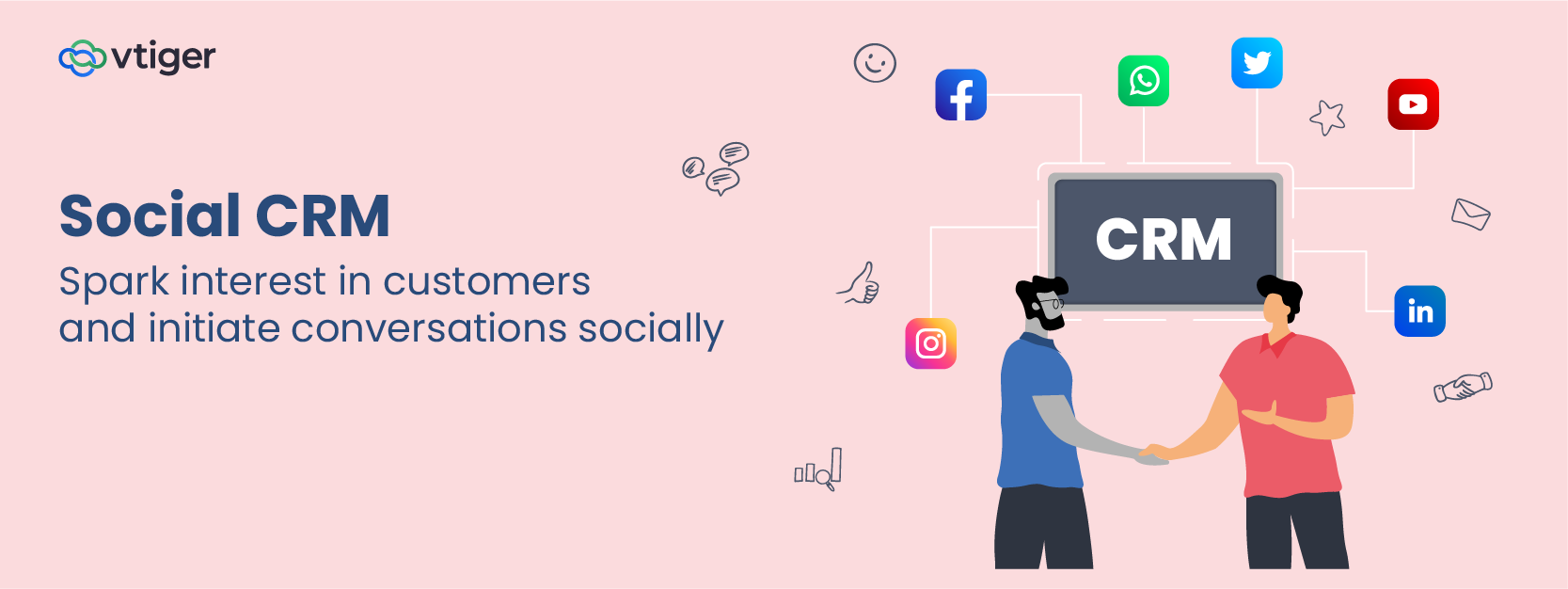A sales funnel, also known as a purchase funnel, is a marketing tool used by businesses to turn leads into customers. It can be shown visually to mirror a customer’s journey, which typically includes the top, middle, and bottom of the funnel. With a sales funnel, you can see your prospect moving from one stage to another, which can help you make better decisions and aim for conversions.
According to a Harvard Business Review, “Companies that create an easy buying process are 62% more likely to win a high-quality sale.” So, what is better than a sales funnel? It not only simplifies the buying process but also improves the selling experience.
Interesting Fact:
- Leads: Leads are those who show interest in your product or services.
- Prospects: Prospects are qualified leads who are likely to buy your product or services.
- Customers: Customers are those who have already paid for your services or bought a product.
Understanding the Sales Funnel
Imagine you are planning to buy a mobile phone. What will you do first? You start by researching and reading about the best available phones in the market (awareness). Then, you dig a little deeper into the options available(interest), compare prices and check reviews (evaluation), shortlist your choices (consideration), and finally place the order (purchase).
This whole process, in business terms, is called a sales funnel. It showcases the different stages a customer goes through before making a purchase. Businesses can leverage CRM software to visually represent a customer’s journey from the first point of interaction to post-purchase activities.
4 Stages of the Sales Funnel
It is important to follow a strategic framework if you want to convert targeted leads. Every interaction with a customer is important, and by following different sales funnel stages, you can make every engagement meaningful and effective.
This approach will seamlessly guide your prospects through their buying journey, eventually addressing their concerns and building trust. Now, let’s delve into different sales funnel stages for a better understanding:
1. Awareness
This is the stage where your audience becomes aware of your brand. The first introduction can happen through advertisements, social media, or word-of-mouth marketing. At this stage, your primary objective should be to make people aware that you exist and make a long-lasting impression.
The strategies you can include to create awareness are:
- Publishing blog posts
- Running paid social media ads such as Facebook Ads, LinkedIn Ads, etc.
- Posting engaging videos
By doing so, you can position your brand effectively and encourage prospects to buy your services.
2. Interest
Once you have created awareness, it’s time to move your prospects into the next stage, where you should pique their interest. If they are interested, they may explore your website, subscribe to your newsletter, or follow your social channels to learn more about your offerings. At this point, you should provide relevant content that can educate and engage your prospects.
Strategies you can include to build interest are:
- Provide detailed guides such as whitepapers or e-books
- Share webinar recordings or insightful articles.
3. Evaluation
This stage in the sales funnel is crucial as your prospects will compare your pricing and offerings with your competitors. They may evaluate the features, reviews, and testimonials. It is important to provide comprehensive and transparent information at this stage.
You can offer:
- Case studies
- Product demos
- Free trials
- Comparison charts
Through these resources, you can show your unique value proposition and guide your prospects toward your solution.
4. Consideration and Decision
In the final stage, the prospect is ready to make a purchase. You can provide a clear call to action and eye-catching discounts to persuade them to buy your products and services.
You can offer:
- Limited time discounts
- Personalized offers
- Pricing guides
Importance of a Sales Funnel
Having a sales funnel is important to analyze your marketing efforts. By witnessing your customer’s journey from start to end, you can thoughtfully personalize messages and offerings at each stage. This will eventually lead to higher sales and better profits. Now, it’s time to discover the benefits of a sales funnel:
Understand the customer journey
A purchase funnel can collate all customer interactions with a business from awareness to decision. But how do you provide helpful information to your customers if they range from those actively looking to buy your product to those who accidentally tapped on your Facebook Ad? This is where you will realize the power of a sales funnel.
Using a sales funnel in a CRM tool, you can gain insights into customer behavior, pain points, and preferences to know exactly where your customers are in the decision-making process. This understanding will help you tailor your strategies effectively and serve them better.
Identify Areas for Improvement
You can analyze customer journeys and discover the stages where your prospects disengage. For example, if half of your customers sign up for free trials but drop off without making a purchase, there is an obstacle in the conversion process.
These patterns allow you to highlight specific stages that need improvement and develop different marketing messages or content.
Generate Revenue
A solid lead generation strategy can help you increase conversion rates and generate revenue. This is possible with the help of a sales funnel by inserting lead magnets to draw individuals to your offerings, optimizing landing pages to take quick action and more. If these are done right, your business can improve the revenue cycle in a short time.
Visualize the sales process
Visualizing the sales process allows you to understand the progression of each customer through various stages. It shows that you begin with acquiring more customers at the top of the funnel but only a few reach the bottom of the funnel in reality. This helps you set realistic sales goals and aim for an increase in deal conversion.
How to Build an Effective Sales Funnel
Building a solid sales funnel is a long, extensive process that requires in-depth research to identify methods that will suit your organization. It is easier to retain more customers with a well-defined structure by starting from the top to the bottom of the funnel.
Here are a few strategies that you may adopt for your organization to build a sales funnel:
1. Define your Target Audience
You can start by conducting market research to understand the ideal customer profiles:
- Your research should include your target audience, their common challenges, customer behavior, demographics, and more.
- Identify solutions or information they are looking for online and how your organization can provide value.
- Segment your audience based on similar characteristics and needs.
2. Generate Awareness
Utilize online marketing methods to build awareness about your products and services, such as:
- Search Engine Optimization (SEO) to optimize your website to rank higher in search engine results.
- Content marketing to create and publish relevant content pieces like blogs, and videos.
- Social media marketing to run paid campaigns, share content, and engage with followers.
3. Capture Leads
After you have spread awareness about your brand, you can gather leads from multiple sources like:
- Landing pages by highlighting offers and discounts.
- Forms to capture visitor’s information.
4. Nurture Leads
Lead nurturing is important to build trust and assist your prospects in making purchasing decisions. You can nurture leads by:
- Running targeted email campaigns and sending personalized discounts.
- Providing information or updates to keep your leads engaged.
5. Qualify Leads
Now, evaluate who is likely to become your paid customer using the lead qualification method. This is possible through:
- Lead scoring by assigning different scores to the leads based on their interactions with your brand.
- Behavior analysis by tracking their purchasing behavior.
6. Close the Sale
While closing the sale, you should:
- Provide personalized offers or discounts and motivate your leads to make the purchase.
- Address common problems or concerns.
- Simplify the checkout process with minimal and clear steps.
- Address common problems or concerns.
- Simplify the checkout process with minimal and clear steps.
Sales Funnel Metrics to Track
The sales funnel metrics are nothing but key performance indicators (KPIs) that tell you how effective your sales funnel is. You can consider these metrics to improve marketing and sales strategies while keeping your budget intact.
Below are the KPIs that you should keep an eye on:
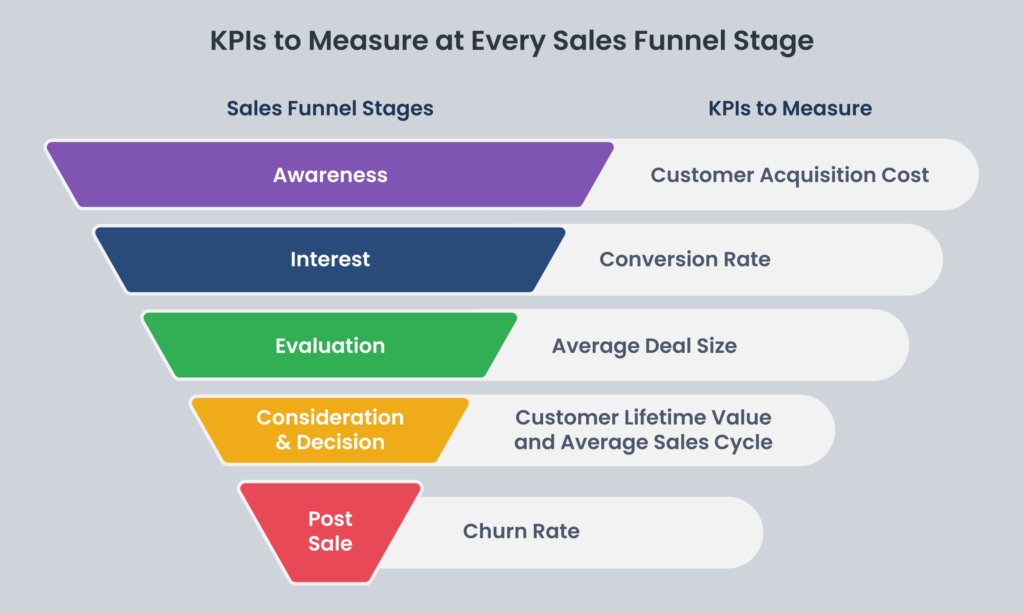
Customer Acquisition Cost
Customer acquisition cost refers to the expenses associated with acquiring a new customer. It includes marketing and sales expenditures. This metric is essential to track the effectiveness of acquisition strategies and see if the budget aligns with the revenue generated by the customers.
Conversion Rate
Measure the percentage of leads that turn into customers by completing a desired action such as signing up for a newsletter, filling an opt-in form, or buying a product. A higher content effectiveness will lead to an increase in the conversion rate.
Average Deal Size
This KPI measures how much a business generates from an individual customer. It is usually calculated monthly or quarterly, which helps businesses evaluate their sales pipeline and forecast revenue.
Customer Lifetime Value (CLV)
CLV measures the average revenue a business generates from a single customer throughout their association with your business. By understanding a customer’s lifetime value, you can tailor your strategies and make smart decisions to acquire and retain your customers.
Average sales cycle
It is the time a business takes to convert a prospective lead into a paying customer. This can help you evaluate how long your sales reps take to convert a deal and offer valuable feedback accordingly. Sales Dashboards are one of the best tools for tracking this metric.
Churn Rate
It is the percentage of customers who leave your business over a specific period. The churn rate is a crucial metric as it directly affects revenue and growth. A higher churn rate may indicate greater customer dissatisfaction and low-quality services.
Common Mistakes in Sales Funnel Management
Even the biggest organizations can make common or silly mistakes while managing a sales funnel. No sales funnel is perfect, but the best part is that these errors can be identified and corrected.
These are some of the common pitfalls that you should avoid at any cost:
Poor lead generation
Inability to attract the right leads may result in missed opportunities and revenue creation. It is important to target the right audience, and this is only possible by creating detailed buyer personas. Also, you should not rely on a single source for lead capture as it may dry up and impact your sales pipeline.
Ineffective lead qualification
When leads enter the sales funnel, it’s important to avoid spending too much time on those who are not likely to convert. Implement a framework for lead scoring and incorporate AI for the qualification process to improve accuracy.
Poor Lead Nurturing
Not all leads will buy your offerings after the first interaction. It involves constant communication, building relationships, and providing relevant information to allow your prospects to consider your business. Therefore, you should do regular follow-ups to keep them engaged.
Low Analytics
Data analytics plays a key role in optimizing your sales funnel, and therefore, it is important to monitor your KPIs regularly. This will help you gain valuable insights into the sales process and help you make decisions.
Complex Funnel Structure
Complex steps and unclear instructions can hamper customer experience, causing your prospects to leave the journey before completing a purchase. By simplifying the sales process, you will see greater customer satisfaction and a surge in deal conversions.
Neglecting Post Purchase stage
The sales funnel doesn’t end at the point of purchase. If you maintain constant communication, you can upsell or cross-sell your products and build relationships in the long run. Additionally, you should address issues immediately to increase the lifetime value of your customer and strengthen your reputation in the marketplace.
In a nutshell, a well-defined sales funnel or purchase funnel is important to guide your customers to understand more about your brand and eventually become permanent customers. A sales funnel not only streamlines the sales process but also offers insights into customer behavior, allowing you to drive sustainable growth.
Frequently Asked Questions (FAQs)
Why is a sales funnel important for businesses?
A sales funnel is important because it offers a comprehensive framework to guide your potential prospects in their buying journey. This can help you optimize your sales efforts and result in increased deal conversions.
What are the stages of a sales funnel?
There are four stages of a sales funnel- Awareness, Interest, Evaluation, Consideration and Decision.
How can I optimize my sales funnel?
You can optimize your sales funnel by defining your target audience, creating valuable content, and running personalized campaigns.
What common mistakes should I avoid when managing my sales funnel?
Mistakes that you should avoid while managing your sales funnel are poor lead generation, ineffective lead scoring, low data visibility, and more.
How do I know when my sales funnel is working?
You will know your sales funnel is working when you see a consistent progression through the funnel, improved conversion rates, and steady revenue growth.
